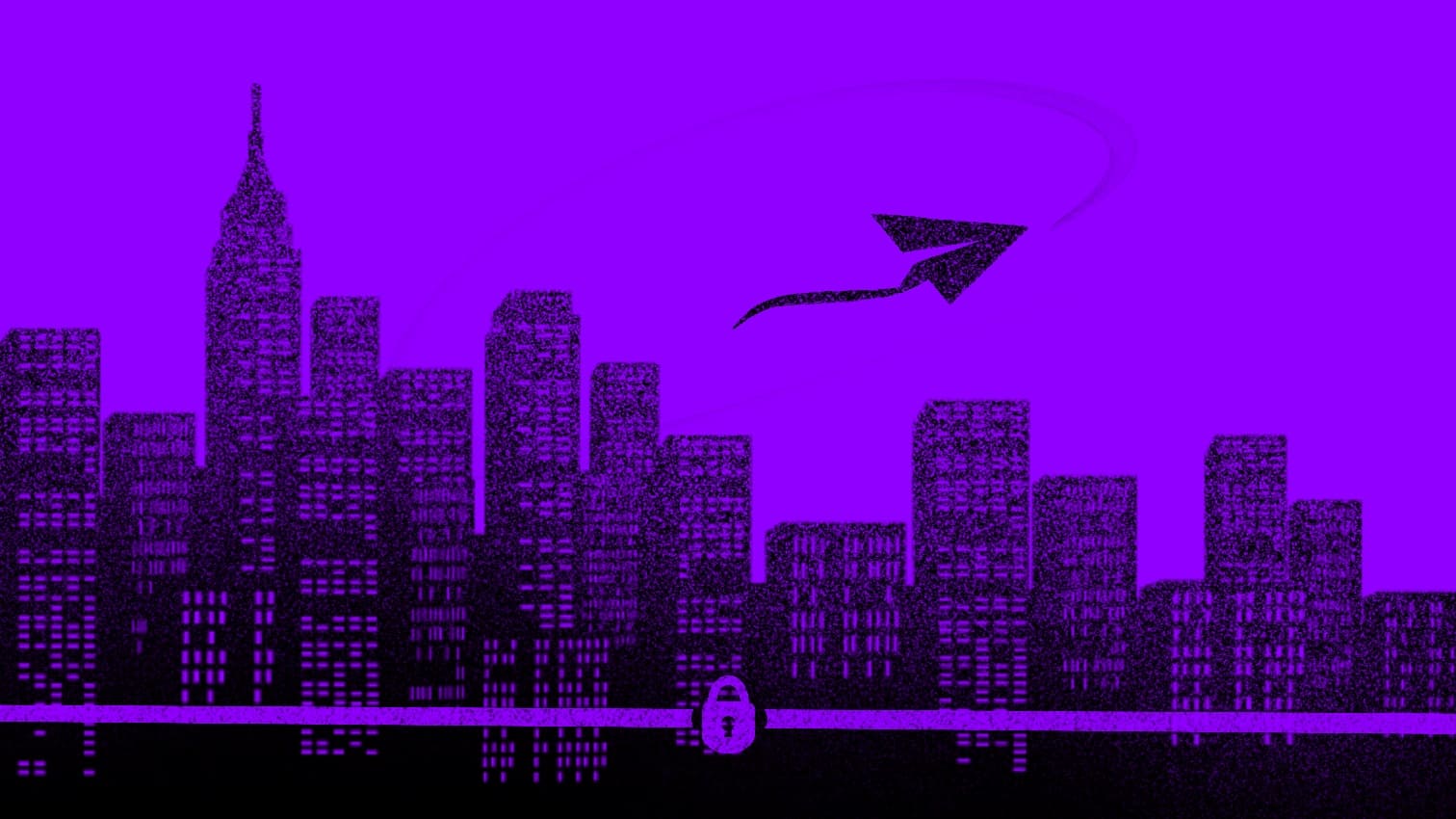The term 'Unicorn' was first coined in 2013 for startups that reached a $1 billion dollar valuation.
Such startups were RARE. Only 39 of them in 2013. Just like the mythical animal, Unicorn.
But, now in 2022, we have over 1000 unicorns worldwide. Not so rare anymore.
What's rare though is profitability. So, when you see companies that make a huge amount of money and are fundamentally good businesses, you'd wonder why aren't these called unicorns then. The true rare breed in the startup world.
Take the case of EaseMyTrip, for instance:
- They were built with no external funding
- Remained profitable for 13 years. Even during the pandemic!
- Grew at a 47% rate from FY18 to FY20
- Bootstrapped to IPO 🚀
Give such companies a fancy name or not, studying them will surely teach us a lot about building startups. So today, let us take you through the journey of EaseMyTrip!
It all started with an online ticket booking scam!
The Pitti brothers, Prashant, Nishant and Rikant Pitti hail from a middle-class family in Delhi. Back in 2005, the oldest of the 3 brothers, Prashant Pitti, a graduate from IIT Madras was settled in the US working at a bank. While the youngest, Rikant, was 17 and studying in his 12th grade.
Their father being a businessman travelled a lot. And, he usually booked tickets through a travel agent. During one such booking, Rikant randomly thought of checking the price of these flight tickets online.
He found that the travel agent was charging them Rs 1.5K more on each ticket. And since their father booked quite a few tickets, they felt they were being scammed BIG time.
So, Rikant took it upon himself to start booking tickets for his parents online. The word spread and he was quickly booking tickets for more friends and family.
Little did the 3 brothers know that a small problem will put them on a path to building a billion-dollar company.
To find a startup idea, stop thinking of potential ideas and start observing problems around you.
From a small travel agency to a B2B startup to the 2nd largest online travel portal in India
Version 1 — Duke Travels
Seeing that many bookings were coming from a single account, the airline company contacted the brothers and suggested they start a travel agency.
So, Nishat and Rikant launched a small mom & pop travel agency called Duke Travels.
Running a travel agency for 7-8 months was the best market research experience the brothers could possibly get. They learned a lot about the pain points of regular travel agents.
This small venture seems minuscule compared to how massive EaseMyTrip is today. But, it was a huge stepping stone in their journey. They not only gained domain experience but also made money while doing so.
Lesson ➝ The first revenue goal of your startup is not a million dollars - but to earn enough to NOT quit.
Version 2 — B2B startup
So, what were these pain points that the Pitti brothers observed?
- Typically, airlines offer a meagre 3-4% commission to travel agencies.
- Plus, in order to book tickets for different airlines, the agencies had to put thousands of rupees into airlines. So, the initial investment was also high.
In 2008, Duke Travels was rebranded to EaseMyTrip (EMT) to solve these 2 problems. During this time, Prashant also returned from the US to join the venture!
They solved this by becoming a central B2B platform for agents.
- So, now agents didn't have to put money in multiple airlines but just EaseMyTrip.
- And, since EMT was dealing with thousands of aggregators, airlines offered them better margins, i.e. 6-7%.
- EMT gave 5% of this commission to agents and kept the remaining 2%.
So, all their operational expenses were managed within that 2%!
Version 3 — B2C platform
Just in 3 years, EMT had 11,000 travel agents onboard and were processing a volume of INR 200 Cr.
But, they were barely breaking even with their thin 2% margin. On top of this, the brothers knew that with better technology, people will soon transition from booking tickets through agents to booking tickets by themselves online.
So, they made a major transformation from a B2B company to a B2C platform!
Now, being a B2C business, EMT didn't have to share 5% of the commission with the travel agents!
Today, 87% of EaseMyTrip's revenue is generated from its consumer side of the business, while only 10% is accounted for by agents.
But, how did this travel company survive COVID?
Fast forward to today, EaseMyTrip has quickly grown to the 2nd largest OTA platform, just behind MakeMyTrip.
Their numbers pre and post-Covid are brilliant!
In FY22,
- Revenue ➝ Rs 235.37 Cr
- Expenses ➝ Rs 130 Cr
- Profits ➝ Rs 105 Cr, 72% YoY increase
All thanks to its:
➝ No convenience fee structure
➝ Customer obsession
➝ Extremely strong unit economics
➝ Blockbuster response to COVID-induced problems!
So, what exactly did they do during the pandemic? Let's find out!
Guide to surviving the lockdowns
The travel industry was in shambles during the lockdowns. Globally the industry lost $4.5 trillion dollars, while the spending decreased by 45% for domestic and 70% for international visitors.
EaseMyTrip's numbers were also affected. But, there are a few things they did to still remain profitable:
1) Quick refunds!
The immediate problem once the lockdowns began, was the rapid cancellation of flights. This in turn caused a flood of requests for refunds.
Now, usually, mediators like EMT wait for airlines to transact these refunds, so they can pass them on to the customer. But, airlines couldn't do this immediately during the pandemic.
So, EMT decided to use its own cash reserve to pay users upfront. This was a huge risk, given there was a high possibility the airlines might go bankrupt. But, since no other OTA had given refunds, the customer trust skyrocketed.
Eventually, EaseMyTrip and other platforms did get their money back from the airlines. So the risk paid off!
2) Better commission from Airlines
Since the entire sector was hit, when travel reopened, airlines decided to offer a better commission to all OTA platforms. EaseMyTrip specifically benefitted from this. You see, with the pre-pandemic margin of 5%, EMT was still managing to stay profitable, unlike other travel platforms.
Now even though their business volume reduced during the pandemic, while the expenses mostly stayed the same, better commissions helped them stay profitable.
3) Fewer discount wars
The entire travel sector was hit bad, so players were no longer competing to offer higher and higher discounts.
EMT being a non-VC funded startup benefitted from this as their discounts budget was very little compared to other VC-funded players. But, their no-convenience fee structure still remained the same. And it was enough reason for customers to keep coming back.
Plus they offered complete refunds if a user cancels their travel plans due to falling sick. This again helped their customers and gave them more reason to choose EMT over other platforms.
4) Become more efficient during a crisis!
While the markets were in limbo, EMT took it upon themselves to further improve their systems and become more efficient.
There was an immediate call-volume spike with increased refund requests. The current team of customer services couldn't singularly handle this load. So, they developed a system where if a customer calls EMT's service, they immediately receive a WhatsApp message where further communication could take place. So, they basically shifted to a chat-based service.
They also completely automated their re-scheduling system to reduce the load further.
These little changes probably don't seem very influential but they had a HUGE impact for EaseMyTrip.
Lesson ➝ Startups are built by doing simple and "boring" things, consistently, over long periods of time.
Bootstrap to IPO!
EaseMyTrip has now remained profitable for over 13 years! That too without any VC funding.
But, that's not to say that they didn't try to get any funding. In 2008, the brothers did approach a few VCs but they failed to raise money.
The reason were:
- Investors were not keen to give money to a B2B startup centred around agents.
- If EaseMyTrip were to pivot to B2C there were too many players like GoIbiobo, MakeMyTrip, Yatra, Ixigo, and Cleartrip to even have the chance of competing and winning.
So, EaseMyTrip pulled it off the bootstrapped way!
This short story teaches us a lot!
1) Discovering competitors for your startup idea is a validation of the market, NOT a source of sadness.
2) You don't have to reinvent the wheel. Existing solutions are better on almost every aspect - fast, robust & cheap (lifetime value).
3) There can be multiple winners in a market!
As a major flex, EaseMyTrip at the start of 2021, successfully filled for a Rs 510 Cr IPO. A first for an online travel portal startup in India! The stock has generated over 183% returns in just a year.
But, surely there is more to come in this startup's journey. Next stop - building a complete travel ecosystem!







